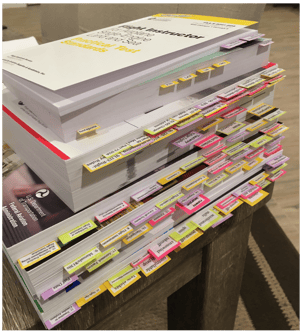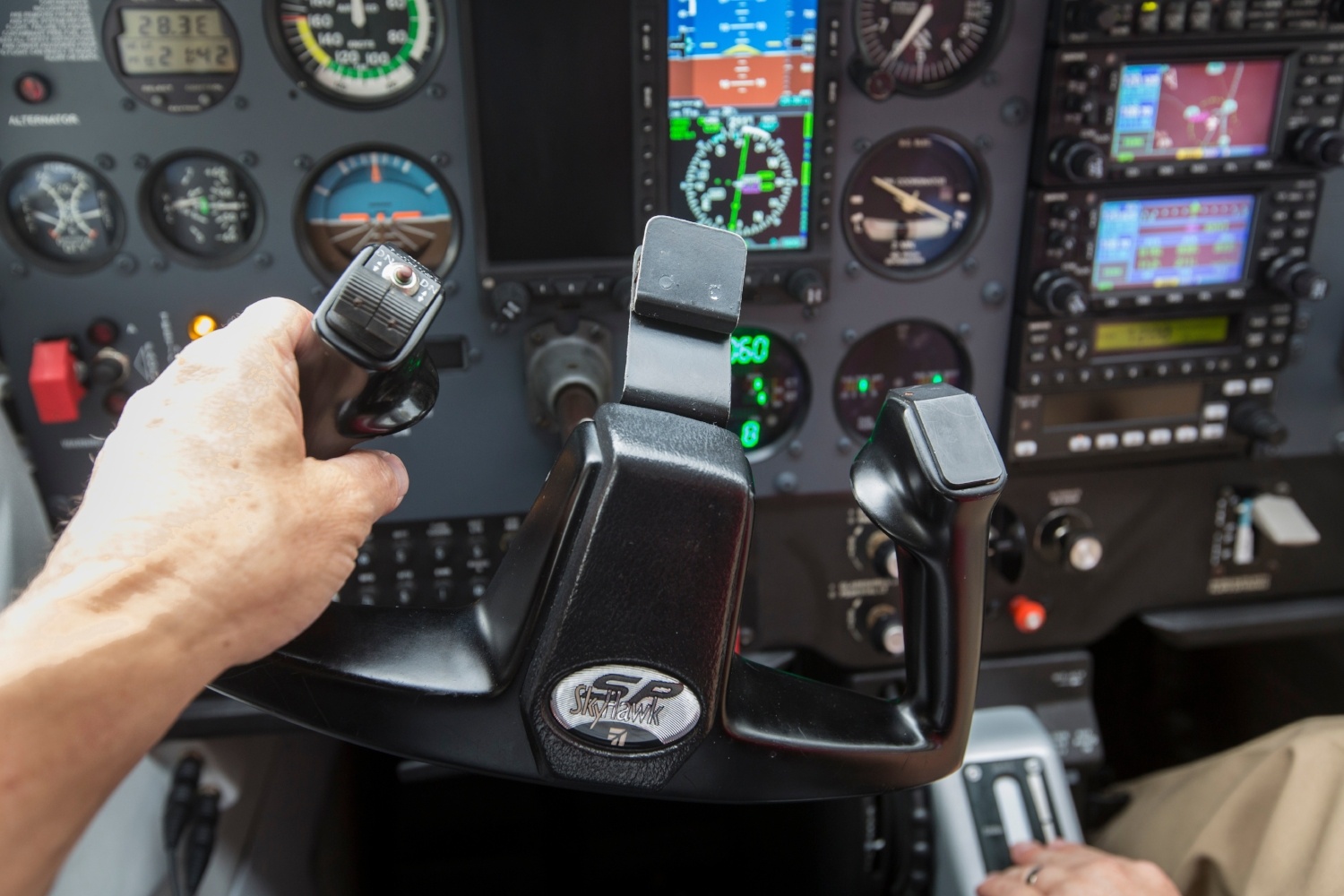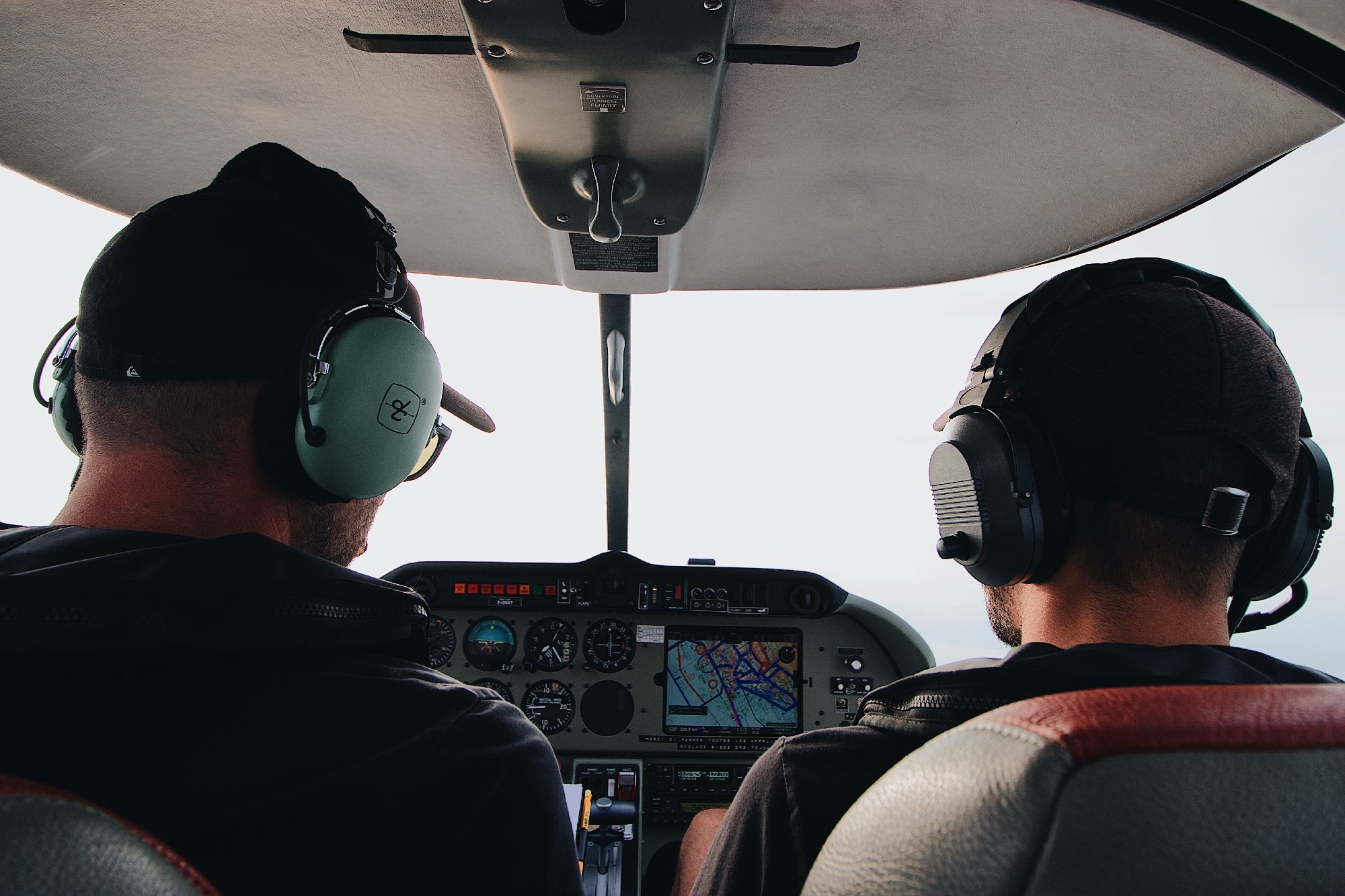4 Real-Life Lessons for Your Initial CFI Checkride
The Certified Flight Instructor (CFI) rating is one of the crown jewels of advanced flight training, and for many pilots, it means taking their last checkride before they go to an airline. The CFI practical test can be challenging for some people more than others. Generally, while the transition to flying from the right seat is simple, many CFI applicants who are very good, safe pilots struggle initially to practice teaching and explaining concepts and maneuvers.
Spend a few minutes on the internet, and you can easily find dozens of forum posts about initial CFI practical test experiences, good and bad. Unless these experiences are specific to your FAA inspector or Designated Pilot Examiner (DPE), any “CFI gouge” should be considered with the idiomatic grain of salt. The FAA gives inspectors a wide range of material for testing candidates and a lot of discretion in deciding which material to test on the checkride. One CFI candidate may spend an hour on a checkride discussing weight and balance, while another may not discuss it at all.
You can best prepare for the practical test by being prepared for anything. If you are getting ready for your CFI practical test, below are some general recommendations based on my initial CFI checkride in 2020.
1. Concentrate Your Preparation on the FAA Handbooks
It is easy to become overwhelmed by the amount of material covered in the flight instructor practical test. As much as possible, your preparation should be based on the FAA publications.
Remember, the CFI PTS outlines what an examiner will ask on the practical test and lists references such as the Pilot’s Handbook of Aeronautical Knowledge. Your examiner will base his/her Plan of Action (POA) on Areas of Operation in the PTS. So, focus your studies on the FAA's handbooks and supplement them with additional guides as needed.
2. Focus on the Fundamentals of Instruction (FOIs)
The first part of your CFI practical test will be Area of Operation I: Fundamentals of Instruction. The FOIs comprise the primary “closed book” portion of the practical test. Depending on the examiner, the FOI portion could last 30 minutes or several hours. This Area of Operation includes seven sections:
- (A) Human Behavior and Effective Communication
- (B) The Learning Process
- (C) The Teaching Process
- (D) Assessment and Critique
- (E) Instructor Responsibilities and Professionalism
- (F) Techniques of Flight Instruction
- (G) Risk Management
The CFI PTS states that “the examiner shall select Task E and one other Task.” However, the examiner has the discretion to ask about more than one task in addition to Task E. Since this is the first part of the oral exam, the examiner may gauge your preparation for the practical test by asking a few questions out of each area.
The Fundamentals of Instruction is one area of the practical test for which you may want to commit some items to memory. Being exceptionally prepared for the FOIs can only help you. Here are a few example questions you should prepare to answer.
- What are the five responsibilities of all aviation instructors?
- What are the four theories of forgetting?
- What is a professional?
- What are several obstacles to learning during flight instruction?
- What are the six principles of learning?
- What are the eight defense mechanisms?
- What are the four characteristics of learning?
- What are the four principles of risk management?
Everything you need to study for the FOIs (including the answers to the questions above) is in the Aviation Instructor’s Handbook. Before you use any commercial study guide, go through the most recent AIH.
3. Bring Materials to Your CFI Checkride
You will need to go to your CFI practical test with lesson plans for each maneuver on which the examiner could test you. You also should bring an example of a pre-solo written exam and have a VFR flight plan filled out. Flight planning is something you may, or may not, teach on your checkride.
Lastly, don't forget about any supplementary materials you would use to teach student pilots. At a minimum, you should have the following books (current or most recent versions) with you for your CFI practical test:
- Pilot’s Handbook of Aeronautical Knowledge
- Airplane Flying Handbook
- Aviation Instructor’s Handbook
- FAA Regulations
- Aeronautical Information Manual
- Private Pilot and Commercial Pilot ACS
- Certified Flight Instructor Practical Test Standards (PTS)
- Advisory Circular 61-65 (Certification: Pilots and Flight and Ground Instructors)
- Chart Supplement for your area
- Sectional Aeronautical Chart for your area
Additional materials recommended:
 All FAA handbooks are available for free, and electronic versions of each publication are an option. However, paper copies may be easier for demonstration purposes during the practical test.
All FAA handbooks are available for free, and electronic versions of each publication are an option. However, paper copies may be easier for demonstration purposes during the practical test.
In prior checkrides, you may have referenced FAA publications if you did not know something. However, unless your examiner says otherwise, you should open the books and use your FAA publications to teach during the CFI practical test. The examiner will want to see that you know how to show “what the FAA says” regarding theory, maneuvers, and safety. Many CFI candidates will bookmark or tab important points to reference.
Stick to the FAA publications. Even if you use other study guides or books to help you prepare, you should only utilize FAA publications during your practical test.
4. Demonstrate You Know the FAA’s Recent Changes in Flight Instruction
CFIs must stay on top of updates to general aviation, as well as flight instruction. Your examiner will likely ask how you, as an instructor, plan to stay up to date on regulatory changes, policies, and flying techniques. As with any exam question, you should use real-life examples to demonstrate your proficiency and understanding. Much has changed with general aviation in the last decade, including how student pilot certificates are issued, aircraft ADS-B equipment requirements, and Basic Med.
Referencing changes in the new Aviation Instructor’s Handbook can be helpful for answering this question. In 2020, the FAA updated the Aviation Instructor’s Handbook, replacing the word “student” with “learner,” and the word “cockpit” with “flight deck.” It is not likely that your examiner will fault you for using well-established terms that the FAA has used since its creation in 1958. However, mentioning these changes to your examiner will establish that you are up-to-date with agency changes.
There will be no surprises or trick questions on your checkride. Use the FAA material, stay focused, and you will do just fine.
Share this
You May Also Like
These Related Articles

The Engine Failure Fallacy

How to Create CFI Lesson Plans for the Flight Instructor Checkride
